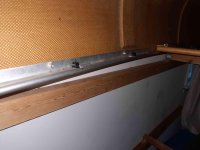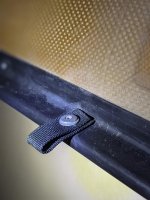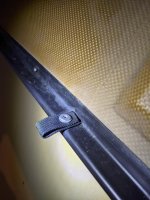I’m preparing to drill four 3/16” holes in pairs, 3/4” apart, spaced out very 9 inches down the side of Kevlar wenonah. I’m using paracord for the loops through those holes. I’m using the loops for tie downs for a float bag. I will also have a couple of d-rings in the bottom of the boat as well. Here are some photos of one fellow who outfits his boats exactly like that and claims no problems. Thoughts? A couple of the photos I have toad and measured where to drill.
Attachments
-
 50D86E53-0093-40DC-B284-059532E9B8F2.jpeg210.2 KB · Views: 6
50D86E53-0093-40DC-B284-059532E9B8F2.jpeg210.2 KB · Views: 6 -
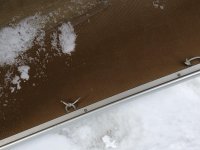 D7065417-FACD-4180-911D-66DB838B823C.jpeg336 KB · Views: 6
D7065417-FACD-4180-911D-66DB838B823C.jpeg336 KB · Views: 6 -
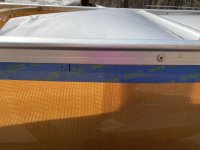 2CF5D682-E86B-4045-BDA7-8A9D1C20B652.jpeg280.6 KB · Views: 7
2CF5D682-E86B-4045-BDA7-8A9D1C20B652.jpeg280.6 KB · Views: 7 -
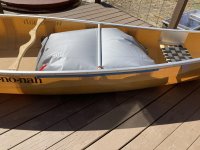 F1A99417-ED21-4A34-83F5-2BC0CA2FA077.jpeg341.5 KB · Views: 6
F1A99417-ED21-4A34-83F5-2BC0CA2FA077.jpeg341.5 KB · Views: 6 -
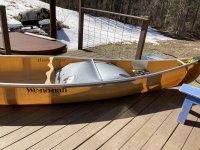 68CA5C95-B454-42BA-8541-D28A1210DA02.jpeg483 KB · Views: 6
68CA5C95-B454-42BA-8541-D28A1210DA02.jpeg483 KB · Views: 6

